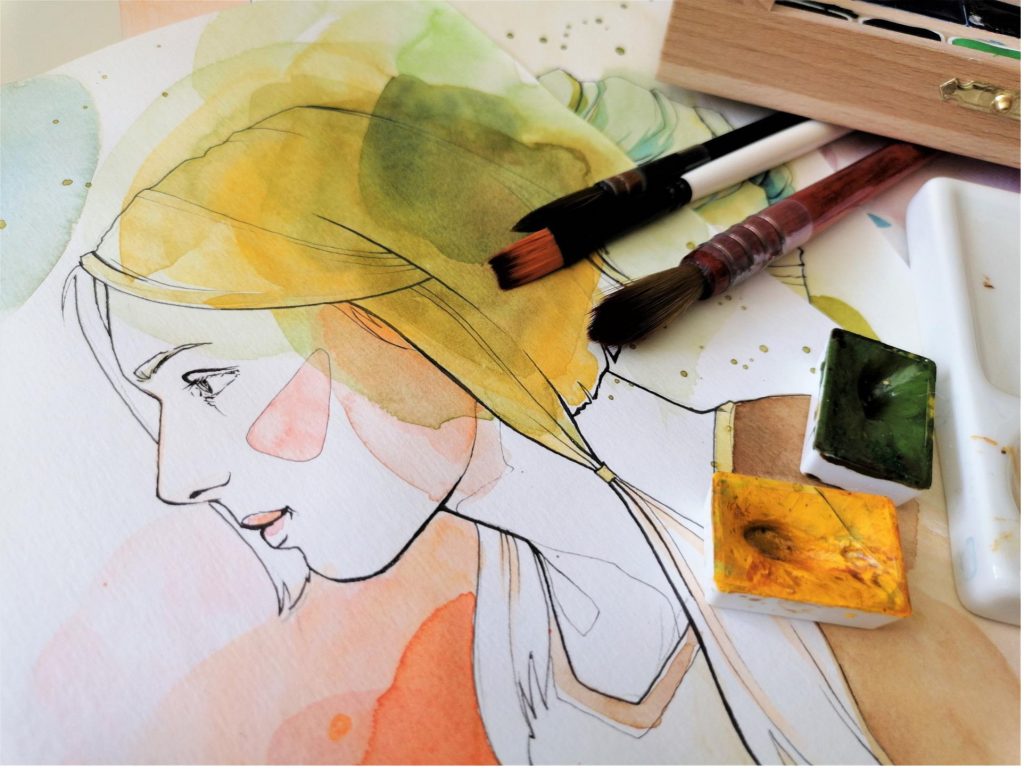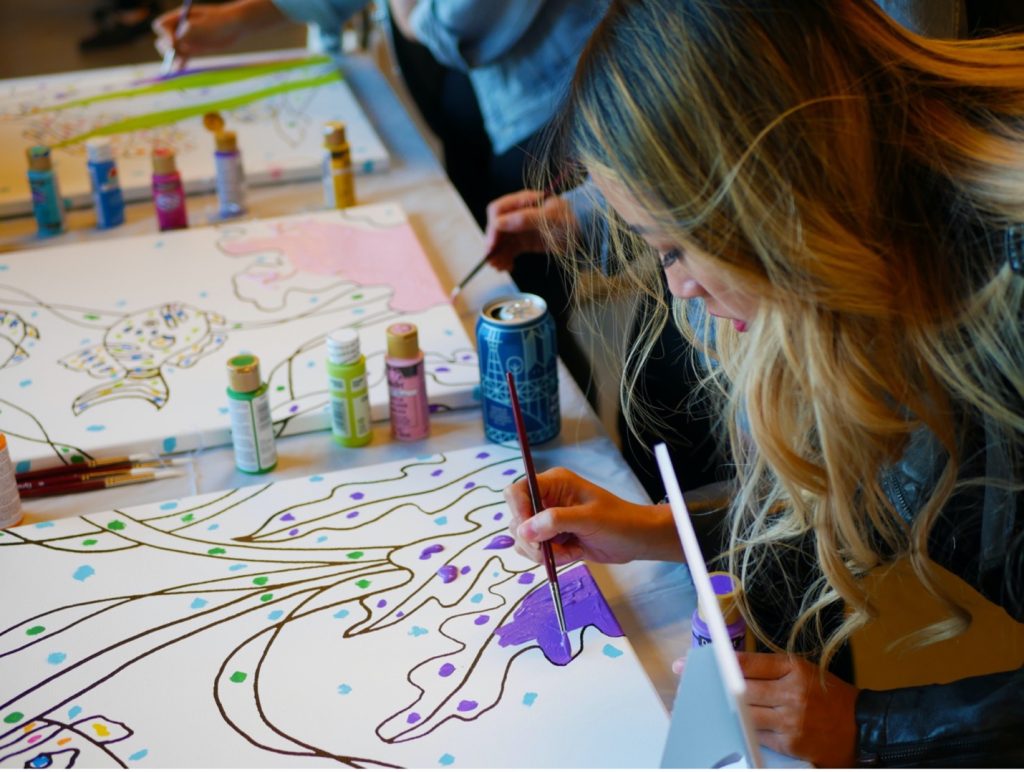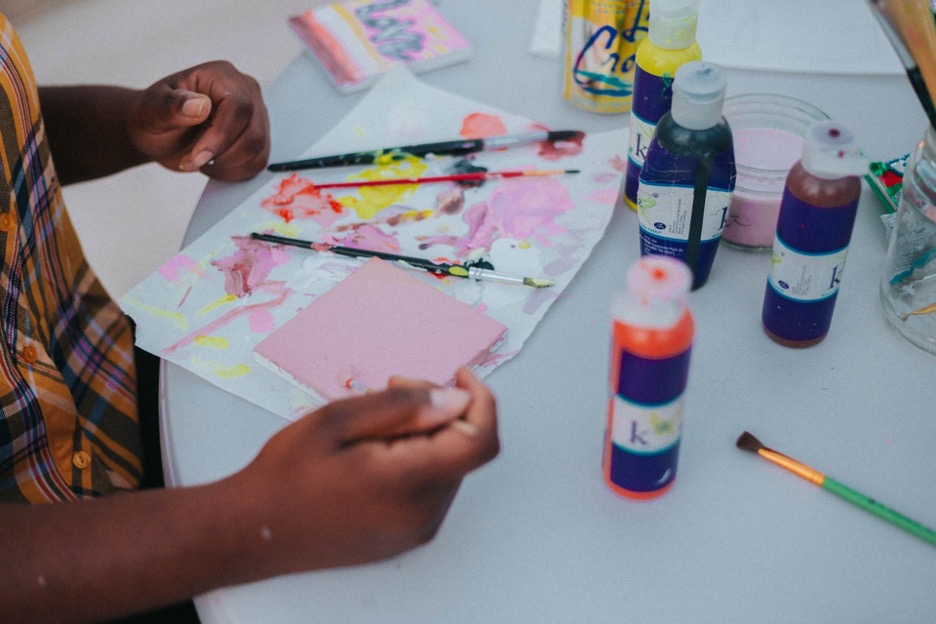Public education often considers fine arts classes and programs expendable luxuries. This article explores how beneficial the fine arts are in education.
It is no secret that, when faced with recession pressures and budget cuts, most American public school systems decrease funding for fine arts programs or cut them entirely. Reasons cited for these decisions include fine arts do not generate much money for schools, nor are they part of the school’s core curriculum; therefore, they are expendable. Unfortunately, educational leaders are often not able to maximize the full educational and economic possibilities of the fine arts, and consequently, students’ learning opportunities suffer.
FINE ARTS PROGRAMS CAN GENERATE MONEY FOR SCHOOLS
Many American public schools sponsor annual plays and musicals, and despite performances being limited to a handful per semester, they do generate income for the school through ticket sales. Although they do require a considerable amount of time and practice to perfect these performances, as well as need a limited budget for props and supplies.
However, school drama performances can be increased to generate revenue and stay within budget by sponsoring ticketed events that do not require as much time or resources to produce. Such an example is orchestrating a comedy improv troupe, where only a few simple props and little preliminary preparation are necessary.
In addition, most schools completely neglect to showcase the talents of their budding visual artists. Sponsoring frequent school-wide art shows, auctions, and awards can generate additional funds for public schools, as well as provide enriching educational experiences for students.
For example, until visual art students reach college, few have opportunities to apply to an open call for entries or learn how to promote and set up an art exhibition. Learning these skills early gives visual arts students an edge over many art students who begin to navigate the exhibition circuit in their later college years. Furthermore, participating in art shows provides high school students who intend to study visual art with valuable experience to add to their college applications.
FINE ARTS PROGRAMS ARE BENEFICIAL TO STUDENTS’ LEARNING

Matthieu Comoy for Unsplash
Art education authorities Eric Oddleifson and Judith Simpson have analyzed numerous studies conducted in urban and suburban school systems involving increased integration of the arts into classrooms. These studies overwhelmingly found that when the arts are incorporated into daily curricula, positive results are observed which transcend all subject areas. Examples include increased student creativity, better problem-solving abilities, more options to express ideas, open-mindedness and tolerance for different people and ways of thinking, and increased joy and motivation to learn.
Oddleifson’s writing also references the theories of Harvard psychologist Howard Gardner, who has conducted additional research advocating fine arts in schools. Gardner hypothesizes that there are seven total forms of intelligence: visual/spatial, musical, kinesthetic, interpersonal, intrapersonal, verbal, and logical. The first five intelligence forms are predominantly found in fine arts. However, most American school systems’ core curricula focus on subjects involving verbal and logical intelligence, such as English and science.
Removing fine arts from educational institutions not only deprives students of a well-rounded education but also denies students the ability to maximize their intellectual capacities. Just as art students require a scientific understanding of the natural world so they can render plants and animals with photo-realistic accuracy, wouldn’t science students benefit from creative stimulation to better generate ideas for hypotheses and experiments?
For students who are passionate about the fine arts, little is more devastating than extensive cutbacks or complete removal of fine arts classes. Furthermore, students who prefer other subjects do learn beneficial skills from fine arts, and the fine arts can contribute financially to public schools. Let us remember the true purpose of education and enrich students with a broad range of subjects so they may reach their full potential.
ART TEACHES MAKING JUDGMENTS ABOUT QUALITATIVE RELATIONSHIPS

Martina_Bulkova for Pixabay
Through the development of qualitative intelligence, art teachers assist students to raise their consciousness and increase their capacity to interpret their world. Drawing on the work of Dewey, Eisner explains that the creation, appreciation, and understanding of visual form in general, and visual art in particular, is a mode of activity he considers to be a form of intelligence.
“The production and appreciation of visual art is a complex and cognitive-perceptual activity that does not simply emerge full-blown on its own.” [Eisner. 1972, p113]
DEFINITION OF QUALITATIVE INTELLIGENCE
Dewey advanced the idea that intelligence is the quality of an activity performed on behalf of inherently worthwhile ends. On this account, intelligence is a verb, a type of action, not a quantifiable noun, something that one possesses. For Dewey, intelligence is how a person copes with a problematic situation.
QUALITATIVE INTELLIGENCE AS PROBLEM SOLVING
When applying this notion of “intelligence” as problem-solving to the way students learn to make meaning through the modality of visual art, Eisner develops a descriptive argument [2002, p114]. He describes a process whereby students identify a problem, select qualities, and organize them so that they function expressively through a medium.
- A student who sculpts paints or draws is solving a problem
- He or she must find a way to transform, in some medium, an idea image, or feeling
- They start with a blank piece of paper, a lump of material, or data in electronic form
- The student uses this raw material to articulate a vision
- During this process, they hope to be responsive to the consequences of personal actions when managing material so that it functions as a medium
- When manipulating the media, the artist learns to be aware of the happy accident that is inevitable in the creation of artworks
- Through this learning strategy, it is hoped that the student will develop an ability to manage anxiety, frustration, and tension. The ability to forestall closure allows for the possibility of openness to a moment of unity and cohesion
- Students learn to recognize moments when the whole work comes together
- During the process, students will develop an ability to cope with thousands of interactions among visual qualities. Moments of cohesiveness, clarity, and unity will emerge through the child’s use of material
- Upon reflection students (perhaps in conversation with others) will conceive of her artistic purpose and recognize the meaning
Eisner calls the ability to problem solve in this way qualitative intelligence because it deals with the visualization of qualities expressed in images. The activity is directed at the creation and control of these qualities. It is generally recognized that artists work with seven elements of design.
MEDIATION THROUGH ARTISTIC THOUGHT

Rahul Jain for Unsplash
Qualities are mediated through thoughts, which are managed through the process, which terminates in a qualitative whole. A qualitative whole is an art form that expresses an idea or emotion by how those qualities have been created through the organization.
People use this form of intelligence throughout daily living. Artistic decision-making occurs when people select furnishings for the home, design a brochure, create a website layout, or decide upon what clothes to wear. The ability to do this is not simply given at birth, as one aspect of a genetic bundle of attributes. Rather, qualitative intelligence is an educable mode of expression that develops through experience and (hopefully) with guidance.
Intelligence, in this sense, is capable of expansion and through expansion, it expands the potential understanding of students. Through the arts, teachers assist students to raise their consciousness and increase their capacity to interpret their world.
The tendency to separate art from intellect and thought from feeling has been a source of difficulty for the field of art education. One of the results of this distinction is a lessening of the value of the creative arts fields of inquiry within the curriculum. Such a dichotomous distinction does not do justice to art or education.
For another presentation of this view see The Philosophy of a Creative Arts Educator Wisdom is the Legacy Left by Harry Broudy.
About the author: Kaylee Osuna is a professional writer at EssayWriterCheap.org, who loves to read and write about Psychology. She has participated in different conferences and presentations to gain more knowledge and experience. Her goal is to help people cope with their problems.






NO COMMENT